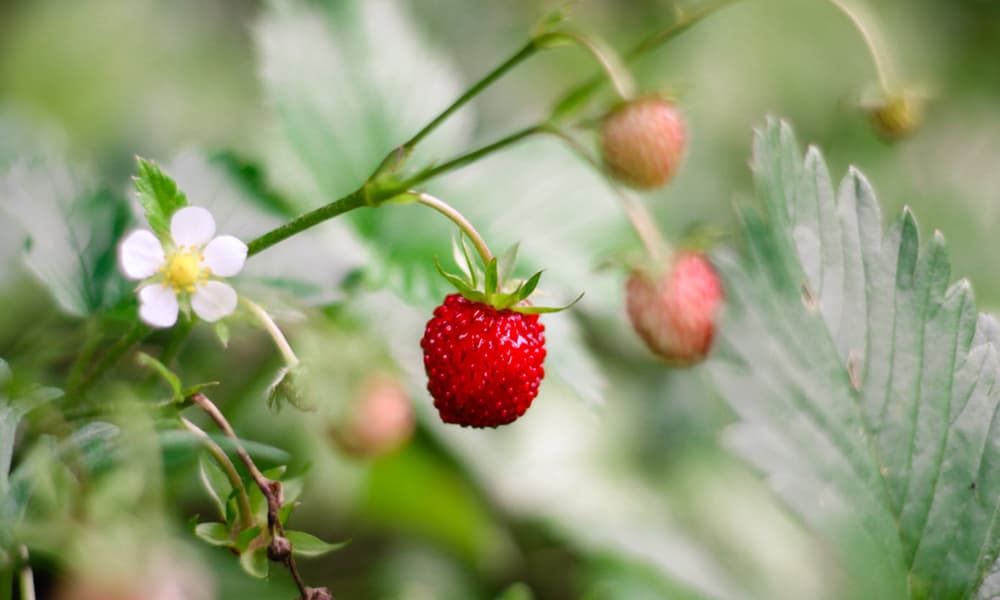News
Woodland Strawberry (Fragaria vesca)
Strawberries aren't just delicious, the whole plant has many medicinal uses, too!

Strawberries aren’t just delicious, the whole plant has many medicinal uses, too!
Identification:
- Leaves in groups of three on long stalk, strongly veined and toothed
- Connected by hairy runners
- Flowers are white with 5-7 petals
- Fruits and small hairy strawberry!
- Looks very similar to wild strawberry and coastal strawberry
Ecology:
- Perennial herb
- Found in openings and open forests at low to sub-alpine elevations
- Berries for mid-summer
Bird and Pollinator Relationships:
- Food source for birds, mammals, and pollinators
Food and medicine:
- Popular berry to make into jam, or snacked on straight from the plant. They are too juicy to be dried like some other berries such as Salal
- Leaves are high in vitamin C and can help keep colds away. They are also high in iron and can be used to treat anemia
- Tea infusion can help regular menstruation, calm morning sickness, and promote breast milk production
Traditional use:
The Saanich and Mainland Comox steeped fresh leaves for tea. Thimbleberry and trailing blackberry leaves were often added. The Quileute chewed the leaves to be applied as a poultice on burns. The Skokomish made tea from the entire plant to treat diarrhea.
Threats:
Haida report strawberries being abundant before the introduction of deer.
Sources: Boreal Herbal, Beverly Gray; Plants of the Pacific Northwest by Pojar and McKinnon